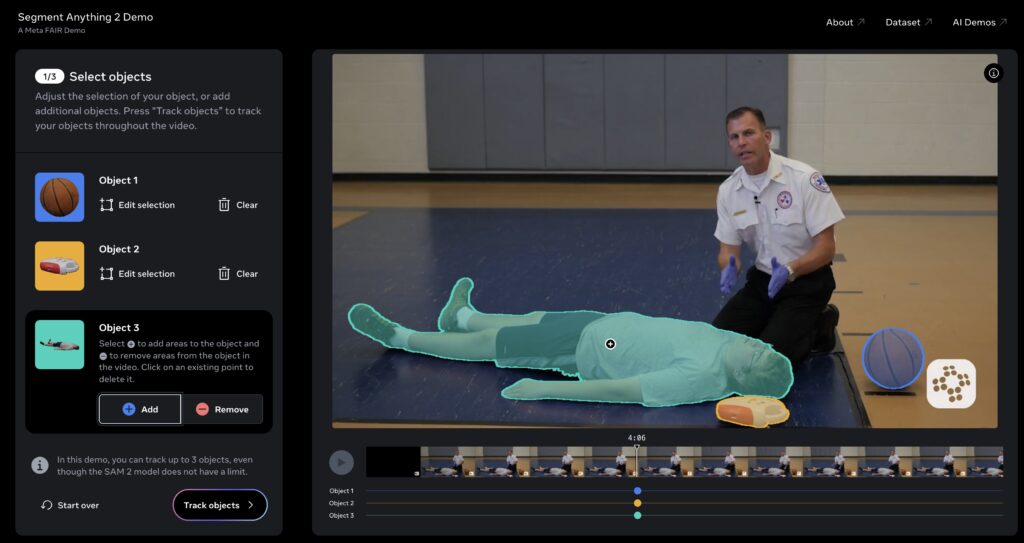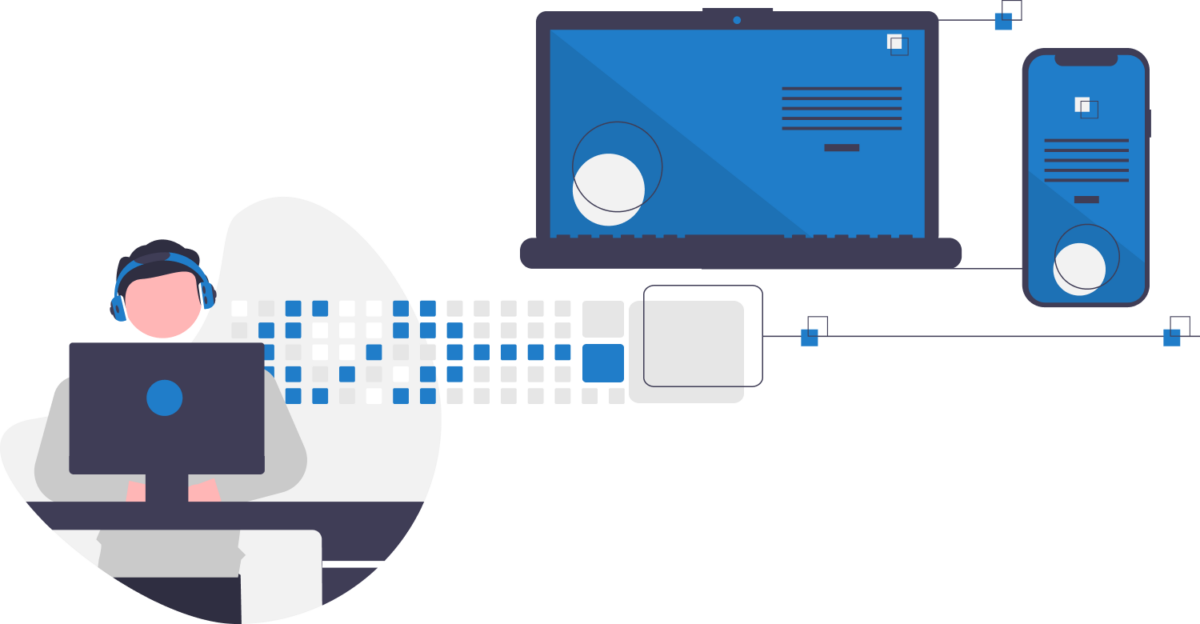As artificial intelligence (AI) weaves itself into our everyday lives — at work, home, and school — it’s redefining how we teach and learn. It’s the perfect example of how science fiction has become a reality — now in the realm of education.

Technologies like computer vision and large language models (LLMs) are reshaping our education platforms, making learning more interactive and fun. It’s like having an intelligent tutor, guiding you through the learning journey.
Let’s learn more about how computer vision can revolutionize the way we approach education and training programs.
What Is Computer Vision?
Simply put, computer vision is an AI technology that allows computers to look at an image or video and perform tasks like recognizing objects or separating objects from the background. Have you ever taken a picture of an item and found it on Amazon or Google? Or taken a picture of a check and deposited it remotely? Guess what? You’ve been using computer vision!
Computer vision technology also plays a significant role in facial recognition for unlocking your iPhone, mapping out a person or object’s position on screen like with Microsoft Kinect, and separating an object from its background — like the cool virtual backgrounds you see on Zoom meetings.
Training neural networks to identify real-world objects in images has been a challenging task with a number of monumental breakthroughs over the last 10 years. Humans have labeled large datasets of millions of objects photographed from various angles to make this possible. Today, these pretrained models are readily available to anyone who wants to use them. Combined with LLMs, computer vision is pushing the boundaries of what’s possible.
The Next Generation: Computer Vision Meets LLMs
Imagine the power of marrying computer vision with LLMs. This combination lets computers read text on a screen using optical character recognition (OCR) and understand objects in an image using object detection neural networks. Then they apply LLMs to analyze and give insights into what they “see.” Models like OpenAI’s ChatGPT, Anthropic’s Claude, and Google Gemini exemplify this.
Here’s a real-world example of the power of LLMs and computer vision from my recent trip to Scotland. A few months ago, my family rented an Airbnb in Edinburgh. The flat was lovely and we were having a wonderful stay, but the radiant heating system wasn’t heating the house and the nights would get rather cold. The host told me to turn the knob on the heater and it would work, but that wasn’t the problem.
Rather than continue messaging back and forth, I opened ChatGPT and snapped a photo of the heater, explaining the problem. A few seconds later, ChatGPT explained how to increase the pressure to the proper level, bleed the system, and disable the timer so the system would begin running right away. No service call was needed, and our family had heat for the rest of our trip.
AI-Assisted Learning: More Than Just a Possibility
The synergy of computer vision and large language models is perfect for educational and training scenarios. These AI technologies can guide students in understanding their surroundings and enable them to learn in a more engaging and tactile way.

Consider a medical simulation lab setup as an ambulance interior. Instead of relying solely on textbooks or instructor explanations, students can use their AI-empowered tools to explore the scene freely, learning about each piece of equipment and its functionalities firsthand.
But here’s the thing — these AI tools aren’t infallible. Sometimes, they can make errors, and they definitely don’t replace human experts, especially in critical situations. Training the models for these various applications is essential to increase accuracy and reliability.
On the bright side, when these tools are used correctly and trained on the right information, they can reinvent how we learn.
The Future of Learning
At ProTrainings, we’re working on tools that enhance learning and lead to better educational outcomes. We believe that advancements in AI and computer vision are set to transform the training programs we build and how students learn.
Follow us on LinkedIn to see what we’re working on.
